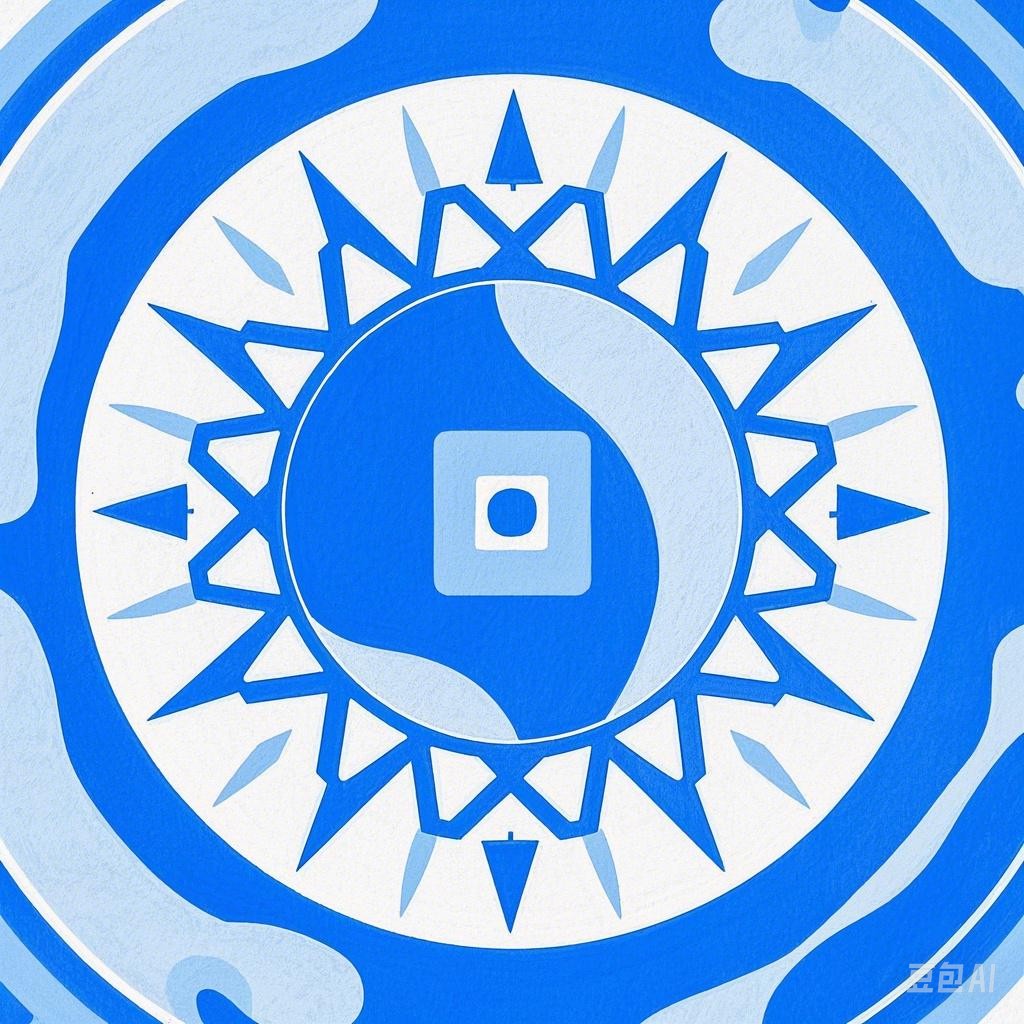Chinese culture is a vast and intricate tapestry, woven with threads of history, tradition, and art. At the heart of this tapestry are the numerous festivals that celebrate the nation’s rich intangible cultural heritage. These festivals are not just days of celebration but are deeply rooted in the historical, social, and spiritual fabric of Chinese society. In this article, we will explore some of the most significant festivals that showcase the diverse and vibrant aspects of Chinese intangible cultural heritage.
1. The Spring Festival (春节 - Chūnjié)
1.1 Background
The Spring Festival, also known as Chinese New Year, is the most important and most widely celebrated festival in China. It marks the beginning of the lunar new year and traditionally falls between January 21 and February 20. This festival is a time for families to come together, honor ancestors, and wish for a prosperous new year.
1.2 Celebrations
- Dragon and Lion Dances: These traditional dances are performed to bring good luck and prosperity.
- Red Decorations: Homes are adorned with red lanterns, couplets, and paper cuttings to symbolize happiness and good fortune.
- Fireworks and Firecrackers: These are set off to ward off evil spirits and to attract good luck.
- Feast: A sumptuous feast is prepared with a variety of dishes, often including dumplings, fish, and nian gao (sticky rice cake).
2. Lantern Festival (元宵节 - Yuánxiāo Jié)
2.1 Background
The Lantern Festival is the first full moon night after the Spring Festival and marks the end of the New Year celebrations. It is celebrated on the 15th day of the first lunar month.
2.2 Celebrations
- Lanterns: Homes and streets are lit up with various lanterns, often with intricate patterns and symbols.
- Mooncakes: A special type of cake is eaten during this festival, symbolizing fullness and completeness.
- Dragon Boat Festival: Celebrated on the 5th day of the 5th lunar month, it commemorates the poet Qu Yuan and involves dragon boat races and eating zongzi (sticky rice dumplings).
3. Dragon Boat Festival (端午节 - Duānwǔ Jié)
3.1 Background
The Dragon Boat Festival is a traditional festival that celebrates the life and spirit of Qu Yuan, a famous Chinese poet who drowned himself in the Miluo River in 278 BC.
3.2 Celebrations
- Dragon Boat Races: Teams of rowers race long boats, sometimes with a dummy representing Qu Yuan at the front.
- Zongzi: These sticky rice dumplings are offered to Qu Yuan and are a symbol of respect for his memory.
- Herbs and Medicines: People often carry herbs and medicinal plants to ward off evil spirits and disease.
4. Mid-Autumn Festival (中秋节 - Zhōngqiū Jié)
4.1 Background
The Mid-Autumn Festival, also known as Moon Festival, is held on the 15th day of the eighth lunar month. It is a time for family reunions and to celebrate the harvest.
4.2 Celebrations
- Mooncakes: These round pastries symbolize reunion and fullness.
- Moon Viewing: Families gather to admire the full moon and share stories.
- Lanterns: Lanterns are often released into the sky, symbolizing peace and harmony.
5. Double Ninth Festival (重阳节 - Chóngyáng Jié)
5.1 Background
The Double Ninth Festival is held on the 9th day of the 9th lunar month and is a day to honor the elderly.
5.2 Celebrations
- Hiking and Visiting Relatives: It is customary to go hiking and visit elderly relatives on this day.
- Picking Chrysanthemum: Chrysanthemums are picked and consumed as they are believed to have medicinal properties.
- Eat Chongyang Cake: A type of cake made with sesame seeds, lotus seeds, and other nuts is consumed during this festival.
Conclusion
The festivals of Chinese intangible cultural heritage are a testament to the nation’s rich history and diverse cultural traditions. Each festival is a living, breathing part of China’s cultural identity, preserving customs and practices that have been passed down through generations. By celebrating these festivals, Chinese people honor their ancestors and express their love for their cultural heritage.
